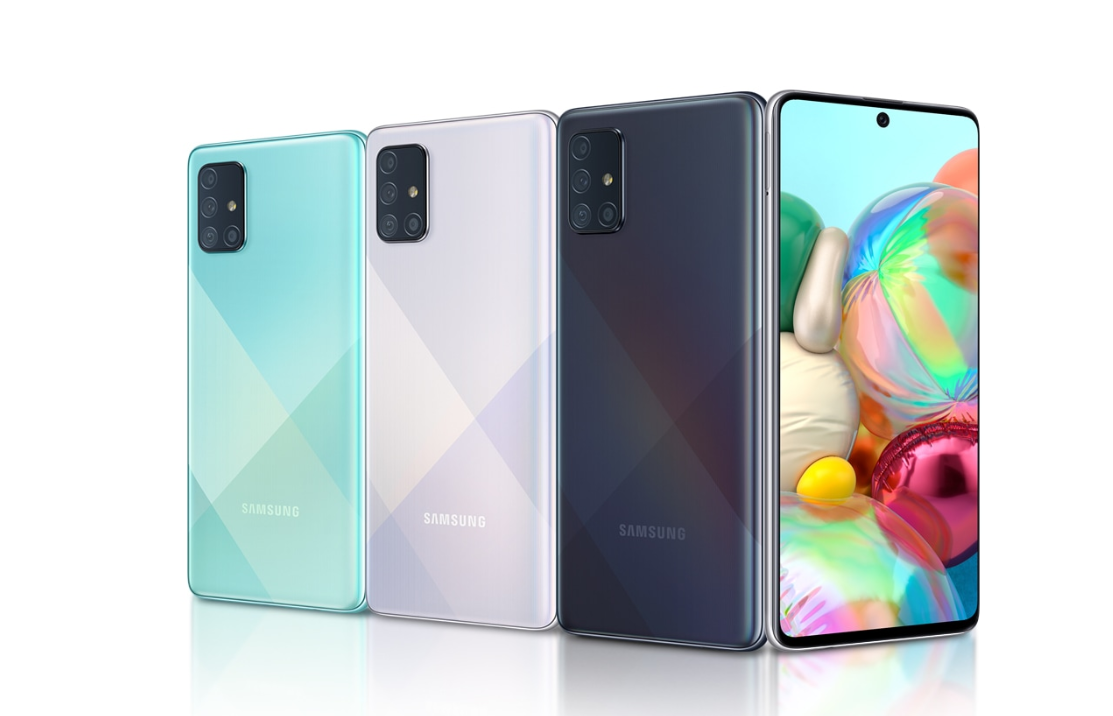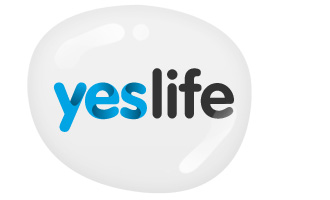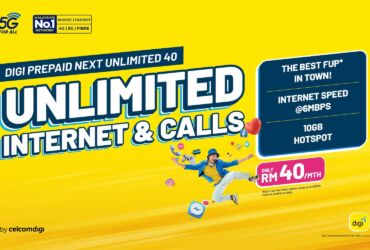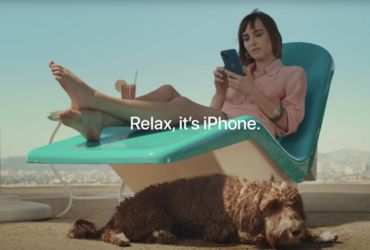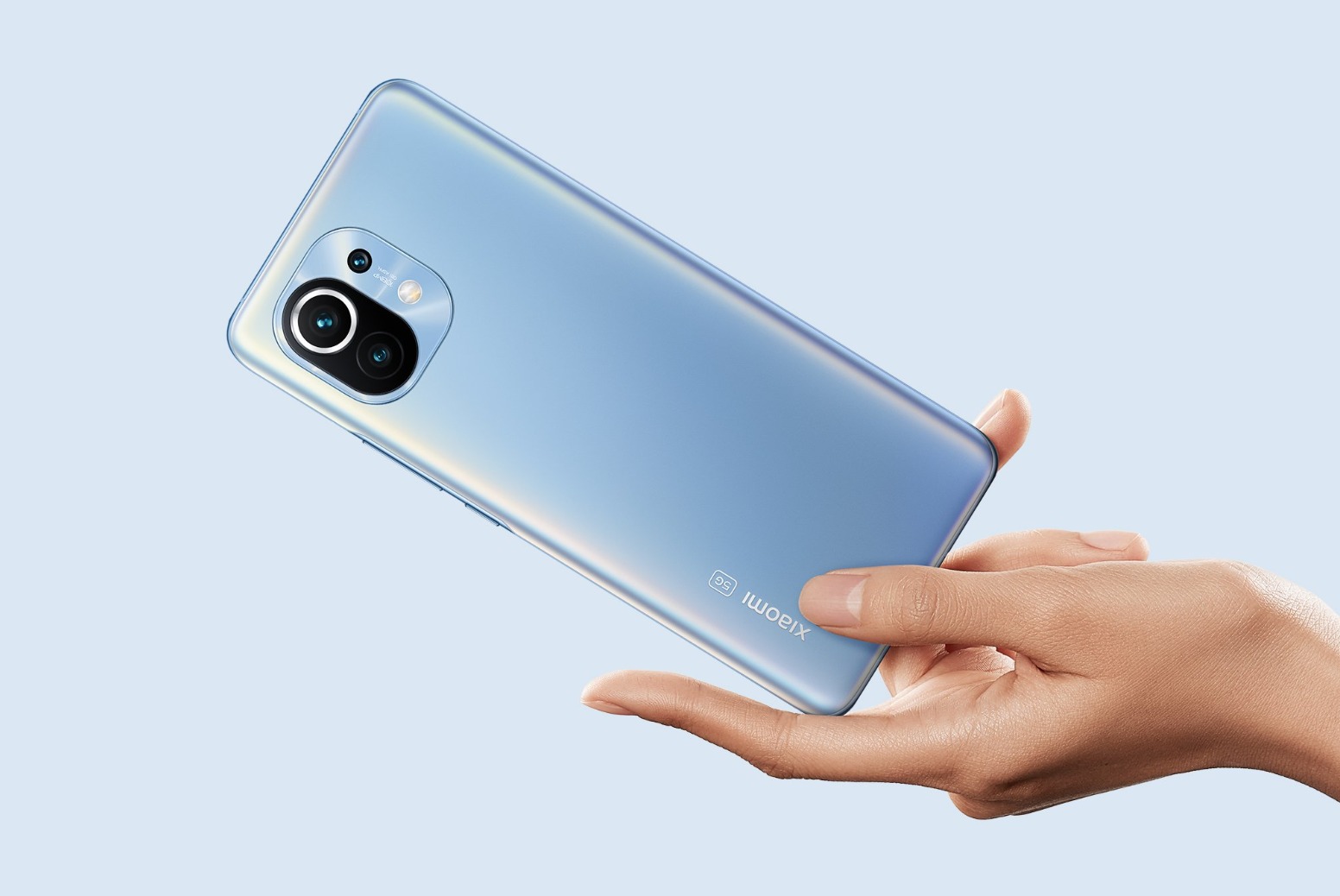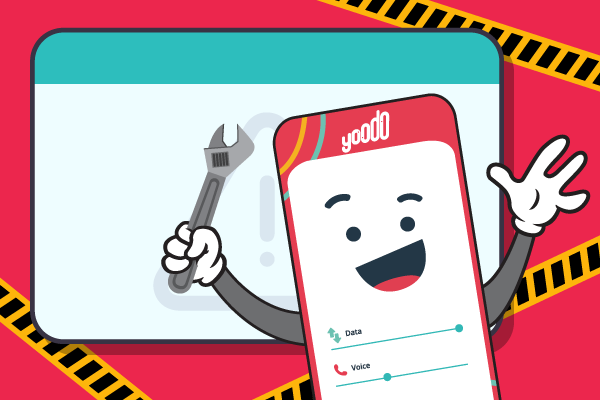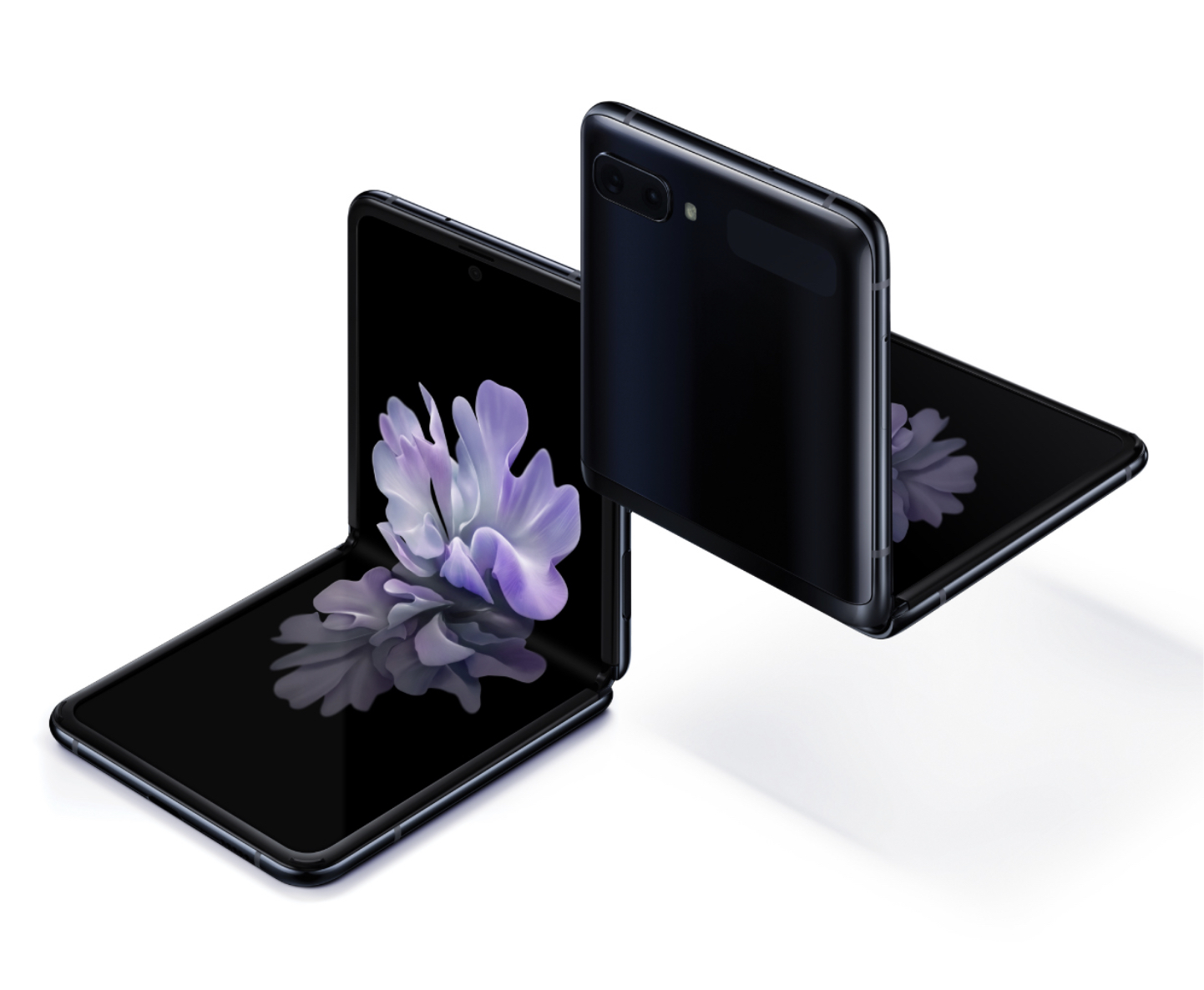Over 30 invited guests inclusive of bloggers, tech heads, opinion leaders and other special guests congregated at Cafe Vienna, Lot 10 last week for a special preview of YTL Communications’ Yes 4G broadband service.
YTL Communications is a subsidiary of utilities company, YTL Power International Berhad, and serves as the telecommunications arm within one of the region’s largest international conglomerates – YTL Corporation Berhad Group. YTL Corporation is a leading integrated infrastructure developer in Malaysia with global investments in utilities, cement manufacturing, construction, property development and investment, hotel management and development. Like for many other Malaysians, YTL is no stranger to me, having worked on their annual reports and interactive CD-ROMs between 2004-2006.
So, what’s this thing called 4G?
The true definition of 4G has been, thus far, been sketchy and highly muddled. In layman terms, 4G is simply defined as the fourth generation of the cellular wireless standard, superseding 3G and 2G. 4G is a fully IP-packet switched network solution which facilitates ultra high-speed broadband, IP telephony, seamless connectivity, global roaming across multiple networks and next generation multimedia support (IPTV, streaming video, rich media, etc). International Telecommunications Union-Radiocommunication Sector (ITU-R)‘s 4G requirements specifies target peak data rates of approximately 100Mbps for mobile access and 1Gbps for stationary or low mobility access.
There has been two clear players/standards – both which are considered pre-4G technologies (because they do not fully comply with IMT-Advanced requirements). Globally, this hasn’t stopped telcos from branding their offerings as 4G. Firstly, there is 3GPP LTE (Long Term Evolution).
Theoretically, LTE has downlink speeds of up to 100Mbps and 50Mbps uplink if a 20Mhz channel is used. LTE, if you didn’t know already, has been field-tested by Maxis in Damansara and Bandar Utama areas since July this year. The tests revealed impressive speeds of 60-104Mbps, utilising both 10Mhz and 20Mhz bandwidth channels.
How fast is that? How about downloading a full length 640Mb movie in a minute? The world’s first LTE networks were deployed in Stockholm and Oslo in 2009.
Next is Mobile WiMAX (IEEE 802.16e standard), which first made its debut in South Korea in 2006 (called WiBro). US-based Sprint Nextel started using Mobile WiMAX in 2008, also branding it 4G. Data speeds peaked at 128Mbps on downlink and 56Mbps on uplink via 20Hz channels.
So are you saying telcos are misrepresenting? Read on further.
[nextpage title=”Will the real 4G please stand up?”]
Just a month ago, the ITU accorded two technologies namely LTE-Advanced and WirelessMAN-Advanced2 or WiMAX 2 (IEEE 802.16m) the designation of IMT-Advanced (formal name for 4G), officially qualifying them as true 4G technologies. As it stands, existing 4G networks are not 4G, not for a long shot. But here’s the thing, LTE-Advanced and WiMAX 2 will not be coming anytime soon. Not in some years at least. Strictly from a branding standpoint, it makes sense for telcos to ride on the 4G moniker. For one, it is easier for consumers to relate to and differentiate from the old. Next, because technically speaking, LTE/WiMAX are indeed new generation technologies (however short they fall off ITU specifications) and are definite steps up from voice-centric 3G (UMTS – CDMA – HSPA/HSPA+) which are available currently.
Say Hello to Yes
Now that you have a clearer idea of what 4G is, let’s get back to the event. Making an appearance was the core team behind Yes 4G including the uber cool CEO – Wing K Lee and Executive Director Jacob Yeoh. I was impressed that Wing called me by name, having not met before. His charisma and energetic demeanor reminded me of a certain Michael Lai, (of a rival telco I shouldn’t name :P), only cooler!
Jacob kicked off the event with some big picture fluff and grand vision behind the brand and what it promises, supported by some inspired copy and typical snazzy visuals. Wing brought it up a notch with meatier, more detailed info on Yes. If you didn’t know already, the dynamic YTL Comms CEO was Consulting Director to Clearwire and led product development at XOHM (Sprint Nextel’s WiMAX business unit) in the US, playing a key role in launching the first large-scale Mobile WiMAX network in the world. Wing also led 4G Android device development.
Wing explained that YTL Comms spent RM2.3billion on the Yes 4G infrastructure, working with partners Samsung, Cisco, GCT Semiconductor and Clearwire. Running on the 2.3Ghz spectrum, the Yes 4G network is 20-30 denser than the one found in the US, and costs just 1/6th of the price to build. Yes 4G is a 100% digital, all-IP network and is the world’s first 4G network to incorporate voice, earning its claim to be the world’s first converged 4G service (voice + mobile internet + mobile broadband).
Wing went on to introduce the Yes 4G product range. Firstly, a USB-dongle called Go. Wing was quick to point out that this has no problem plugging into recessed ports like ones on the MacBook Air, with some cheers from the crowd (especially the Mac camp). Next up, a MiFi-type device called Huddle (kudos to product/branding team for a very apt and catchy name!), enabling you to share the 4G connection via WIFI. A home gateway called Zoom should theoretically give you higher speeds, being the static of the two. To complete the product range is an entry-level 4G phone developed by Samsung called Buzz.
The phone has a touchscreen and a slide-out keyboard. Nothing too spectacular, but this is the only 4G phone that’s available, for now. Don’t fret though, Android-based 4G smartphones to appear some time next year. Boo for iPhone fans. And yes, you do need a 4G phone to use mobile voice services. There are only two such devices in the world today. The Buzz and Sprint’s HTC Evo 4G. FYI, the HTC isn’t a 4G exclusive device, unlike the Buzz. HTC is a hybrid 3G/4G phone, supporting both generation networks.
[nextpage title=”Yes, it’s Awesome”]
What’s really unique about Yes 4G isn’t the outright speed (although at 3-5 times faster than 3G, it’s no slouch), but the fact that you do not require a SIM card for any of your devices. This is pretty revolutionary. All you need is a Yes ID and secure password, where you can access your account from any device. This is the first-ever SIM-less mobile internet experience in the world. Because it’s a converged service, you do not have a separate mobile voice, mobile internet and mobile broadband data plan. So flexibility and seamlessness is the order of the day.
The other cool thing about Yes 4G is the revolutionary unified communications platform called Yes Life. If you’re familiar with voice/messaging IM desktop apps like Skype, Adium & MSN Messenger, then Yes Life will look and feel familiar, at least in terms of features. I was surprised that an old friend, Johnson Lam, a fellow autocross competitor, was the brains behind the Yes Life user interface and user experience. Kudos!
Yes Life carries the things you normally do on your phone to your computer, becoming an extension of your desktop. Your phone is your desktop is your laptop is your phone. The Yes Life team including Johnson and Terry aka Terence, gave a live demo of the impressive Yes Life tools (calling and SMS-ing from the laptop, etc) and later also did a speed shootout against another mobile broadband service. Yes 4G obliterated the competition with a 11Mbps peak data downlink speed as opposed to less than 1Mbps on a rival 3G broadband service.
Because we have multiple devices and we’re constantly on the go nowadays, synchronising data can be a hassle. Cloud-based services like Dropbox has quickly become an essential part of our lives as we access our data on the go. Yes 4G makes life truly mobile by offering a unified address book that synchronises all your contacts online, in the cloud. Think MobileMe, only better. You’ll never ever lose your contacts, even if you lose your communication device. I personally think this is a killer app for Yes 4G until something better comes along.
Yes, it’s Good
All this talk about speed and tools, but what about coverage? Yes 4G promises 65% Malaysia-wide coverage for a start. YTL Comms ordered 2,500 base stations from Samsung, and has since deployed over 1,000. The team is still busy getting more base stations installed and ready across the country. By the time you read this, and at the time of launch, major cities in the Peninsula and the North-South highway would be completely covered, ensuring you’re always online in your journey.
It’s fantastic to know that you can still be connected on the move, even if you’re travelling at 120km/h. Just don’t do it while you’re driving. 😛 Also, if you’re on KLIA Express, enjoy uninterrupted internet access at 160km/h! Not at all surprising, since YTL does own the rail service.
In terms of rates and value, Wing said rates will be the lowest in the industry – pay-as-you-go without any monthly commitments and credit expiry. This sounds good, although we’ll have to see at the official launch on Nov 19 to see what kind of packages are offered. Also, you can view and track your usage, pay and reload online.
Yes, it’s Vague
Vague because no actual expected speeds of the service was quoted, and whether there were data caps. No mention about throttling and quota. I’d like to know whether I can get 10Mbps, or 50Mbps. Also not mentioned is what derivative of WiMAX the infrastructure is built upon. Is it similar to Clearwire’s? P1’s?
Yes, the Brand
I have to say I like the logo. It’s fresh, inviting and friendly. Although it seems to have similar treatment with the new Microsoft Office icons, I do find it refreshingly cool.

The team appears to be a dynamic, passionate bunch, led by a savvy, visionary leader. That’s always a good sign. Catch the introductory videos, which I like very much too. Very Apple-ish, from its execution to presentation and soundtrack.
More videos at the Yes 4G official YouTube channel.
Yes the Future
Personally, I think Yes 4G is a game-changer. YTL Comms may be a little late to the party (and getting slapped with a million dollar fine as a result), but with YTL’s financial muscle and its strategic world-class partners, I believe it has what it takes to pull this off. Expect the mobile broadband space to be very interesting for the next year and beyond.
Competition is healthy! This can only bode good news for us, consumers. True 4G or otherwise, it’s got enough bite to deserve attention and a genuine chance. You may debate that promises will remain promises until we see some sort of tangible execution, and you have every right to doubt. We’ll just have to wait and see, won’t we? As for me, I’m very excited about Yes 4G and Yes Life. I can’t wait for 4G devices and the slew of 4G Android smartphones to be available.
Say Yes to Yes
If you haven’t already, visit the world’s happiest domain name – www.yes.my to pre-register your unique, free Yes ID and 018 mobile number. Come November 19, Yes 4G will be officially launched to the general public. The Yes 4G flagship store is already ready to rock and roll at Lot 10. I’ve said Yes! Have you?



